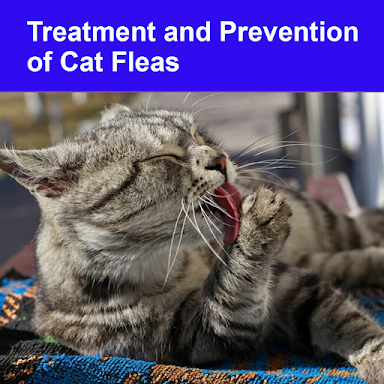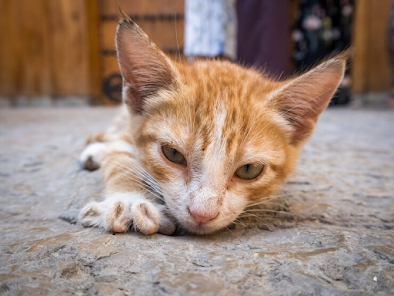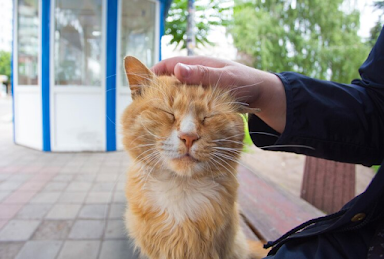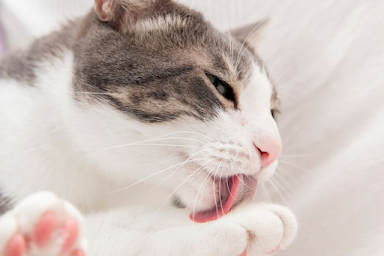Treatment and Prevention of Cat Fleas
Feline insects are little parasites that feed on the blood, causing tingling and aggravation. Weighty bug pervasions and unfavorably susceptible responses to insects can prompt going bald and serious injuries. More regrettable yet, feline bugs can send illnesses that are perilous to felines and people. This is the very thing that you really want to be familiar with insects and your feline, including identification, treatment, and anticipation.
What Do Fleas Mean?
Bugs are little parasitic bugs that eat the blood of well-evolved creatures and birds. While there are more than 2,200 types of insects, the feline bug, Ctenocephalides felis, is the species that most regularly influences felines and canines. Their level bodies are major areas of strength and make it simple for insects to hop on a host and creep through the fur, benefiting from the blood of the host en route.
RELATED: How-to-treat-Lyme-disease-in-cats
Life Cycle of Fleas
A grown-up female bug can lay at least 20 eggs each day. At the point when eggs hatch, the hatchlings feed on bug feces on the feline and in the climate for a few days. They then, at that point, structure a defensive cover and enter the pupal stage, where they'll develop until they are prepared to arise as grown-ups. Bug pupae are solid and can oppose insect poisons; they can stay torpid in the climate for days, weeks, or even a long time until a reasonable host is accessible.
Insects Can cause Illness
Insects are known to convey a few microbes, some of which can influence the two felines or humans:
Tapeworms are gastrointestinal parasites that felines can get from ingesting bugs, however, they seldom influence individuals.
Feline scratch illness is a contamination brought about by the microorganisms Bartonella henselae. Felines don't normally become ill from this, yet they can communicate the microbes to people through a scratch or nibble.
Plague is brought about by the bacterium Yersinia pestis, conveyed by rat insects. Felines are not ideal hosts for these bugs, but rather it's as yet feasible for them to send plague to you or your feline.
Bug-borne (murine) typhus is brought about by the microorganisms Rickettsia spp., which can be tracked down in feline bugs. Little is realized about its impact on felines, however it can cause disease in people.
RELATED: Human-foods-which-are-poisonous-to-cats
Side Effects of Bugs in Felines
Bugs don't necessarily cause clear signs in felines, yet tingling and disturbance will happen when a feline is hypersensitive or delicate to the bug's spit. Normal indications of bugs on felines include:
Tingling
Red nibbles or scabs
Going bald
Insect soil (fertilizer that seems to be dark bits) on the skin, fur, or bedding
Skin disease
On the off chance that you notice your feline scratching and don't know whether bugs are the reason, you can utilize your fingers or a bug search to search for hastening insects or bug soil in the feline's fur, particularly around the head, neck, and base of the tail.
On the off chance that you don't see bugs or insect soil, it isn't guaranteed to mean your feline is without bugs. A few felines will ingest bugs and insect soil while preparing, making it hard to recognize the indications of a bug invasion.
Notwithstanding the bug bothering, felines can contract bug-borne ailments or experience the ill effects of blood misfortune. Bug frailty is most normal in little cats with huge quantities of insects.
RELATED: Asthma-in-cat.
What Causes Insects on Felines?
Open-air felines experience bugs in the common habitat, and because they are regular hosts for these parasites, they gather them without knowing it. Indoor felines can draw in bugs that have hitched a ride into the home on canines or individuals. Certain elements might expand the chances of a feline drawing in bugs, including:
Clammy, lush environmental factors
Long grass
Indoor insect invasion (floor coverings, bedding)
Adjoining bug issues (particularly in apartment buildings)
Moving to another home that recently had insects (pupae may abruptly arise and pervade)
The most effective method to Treat Felines with Insects
In the first place, attempt to kill however many bugs as you can from your feline by searching through the fur with a bug brush. Store the bugs in lathery water or a weakened fade arrangement so they don't get away from the climate once more. Washing can likewise help, however, it's anything but a basic step, so don't drive it on the off chance that your feline denies it.
Once the greater part of the insects are gone, counsel your veterinarian to decide the best and most secure bug control item for your feline. A few oral and effective bug control items are available and new items come out consistently.
An insect invasion can be a test to oversee because total destruction requires a multi-layered approach
All family pets should be treated with a compelling bug-control item.
The home climate should likewise be treated for insects.
It can require a while of treatment (both on the feline and in the home) to dispose of a bug pervasion. Halting medicines too early will make bugs quickly reappear.
Home Treatment
As a component of the bug treatment process, you should eliminate insects and their eggs from your home to forestall reinfestation. To do this actually, you should:
Wash all sheet material completely in steaming hot water if conceivable. While the sheet material is liberated from covers, vacuum the sleeping cushion, especially in fissures where eggs can settle.
Vacuum covering day to day and discard utilized vacuum sacks.
Steam-clean covering to kill any excess eggs.
More often than not, you don't have to do a substance bug treatment in the home, however, your vet can suggest the best items if you wish to utilize them.
















No comments:
Post a Comment